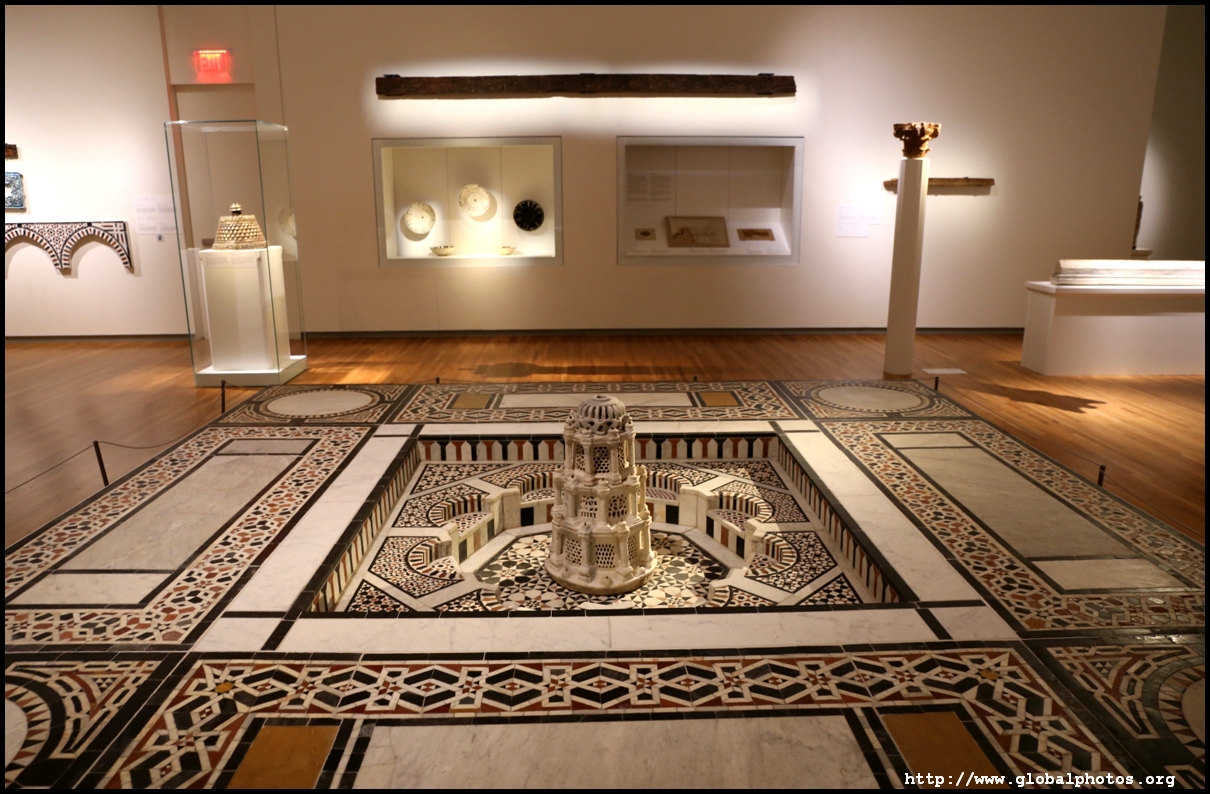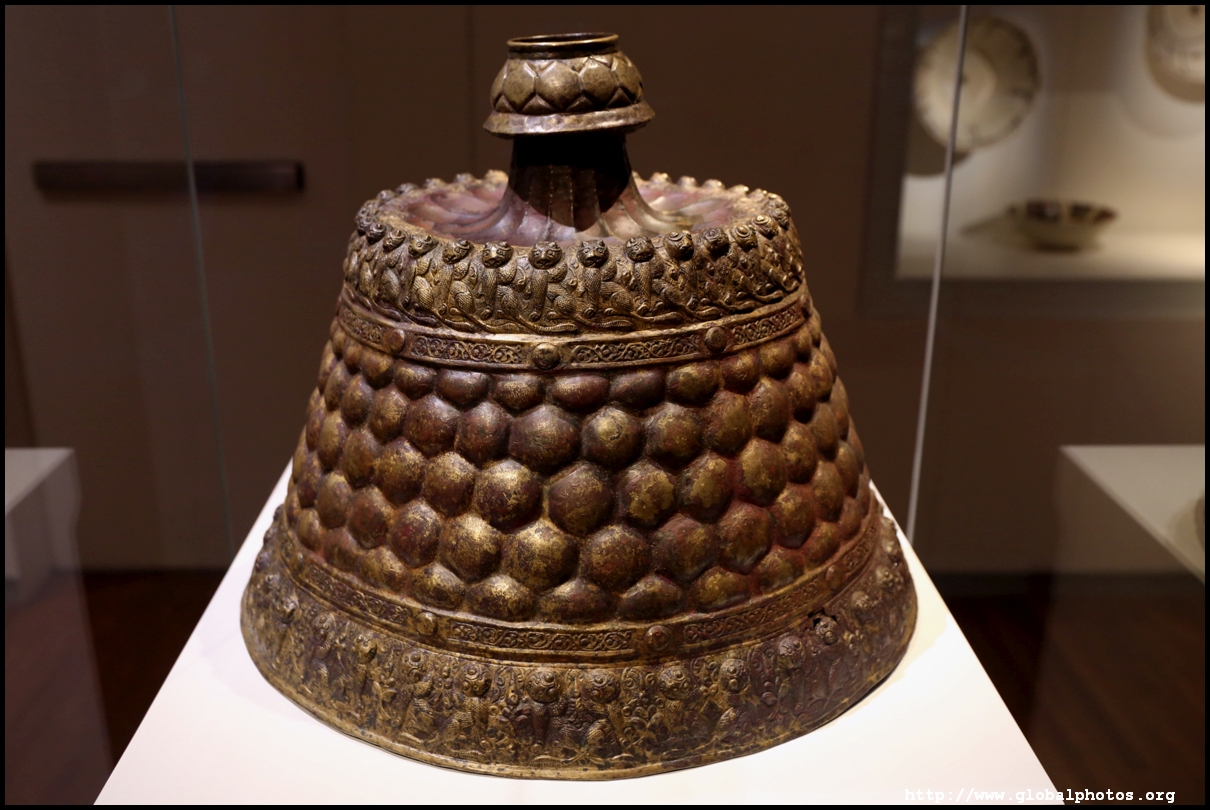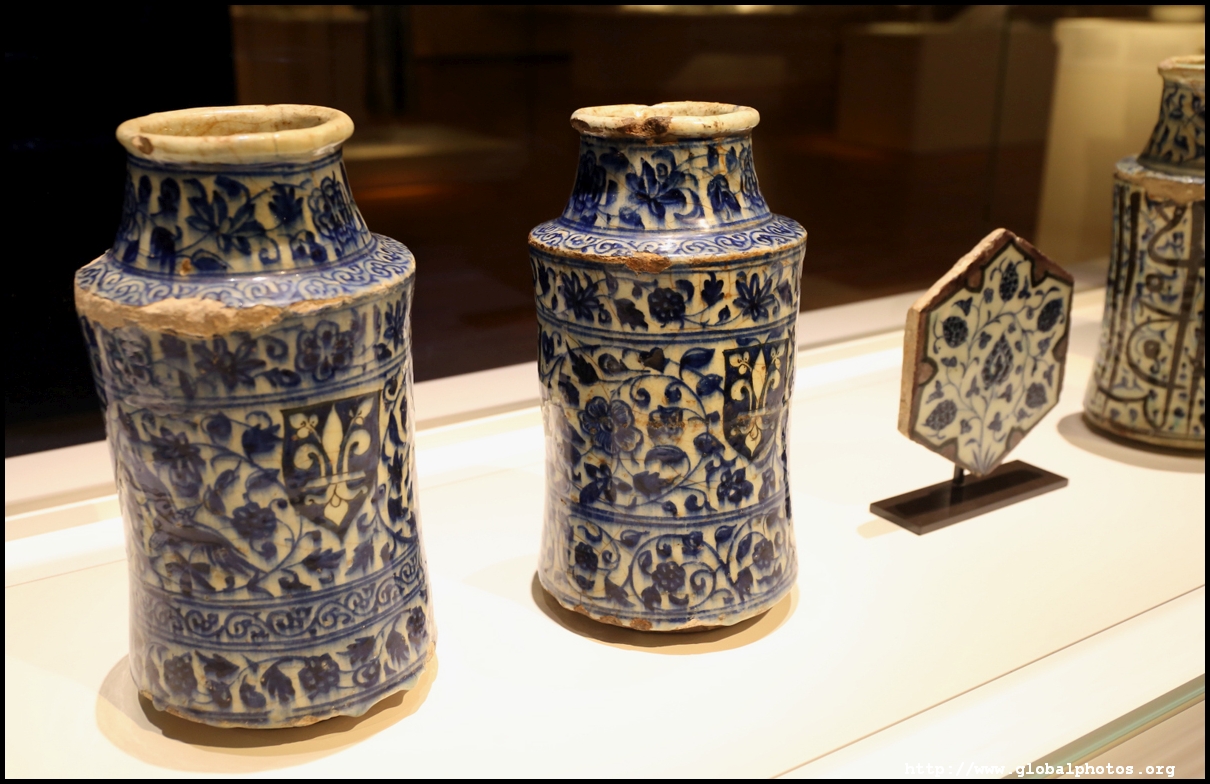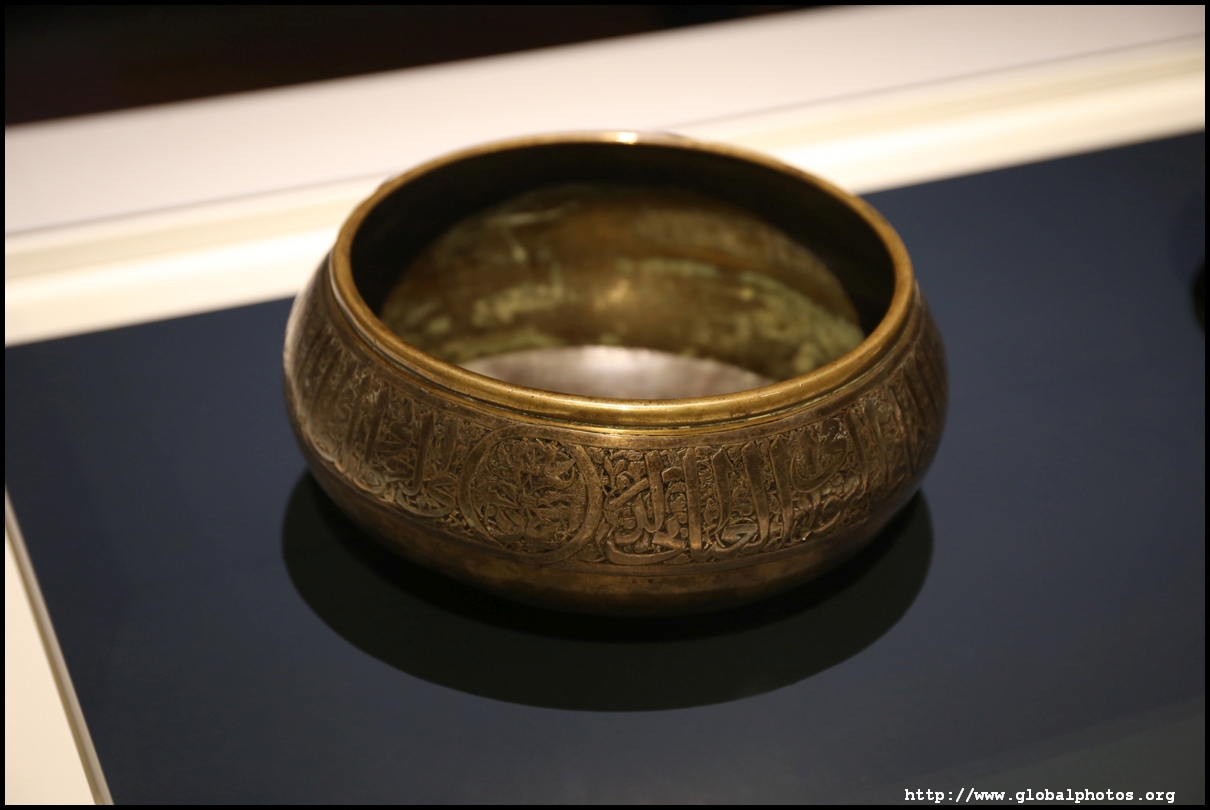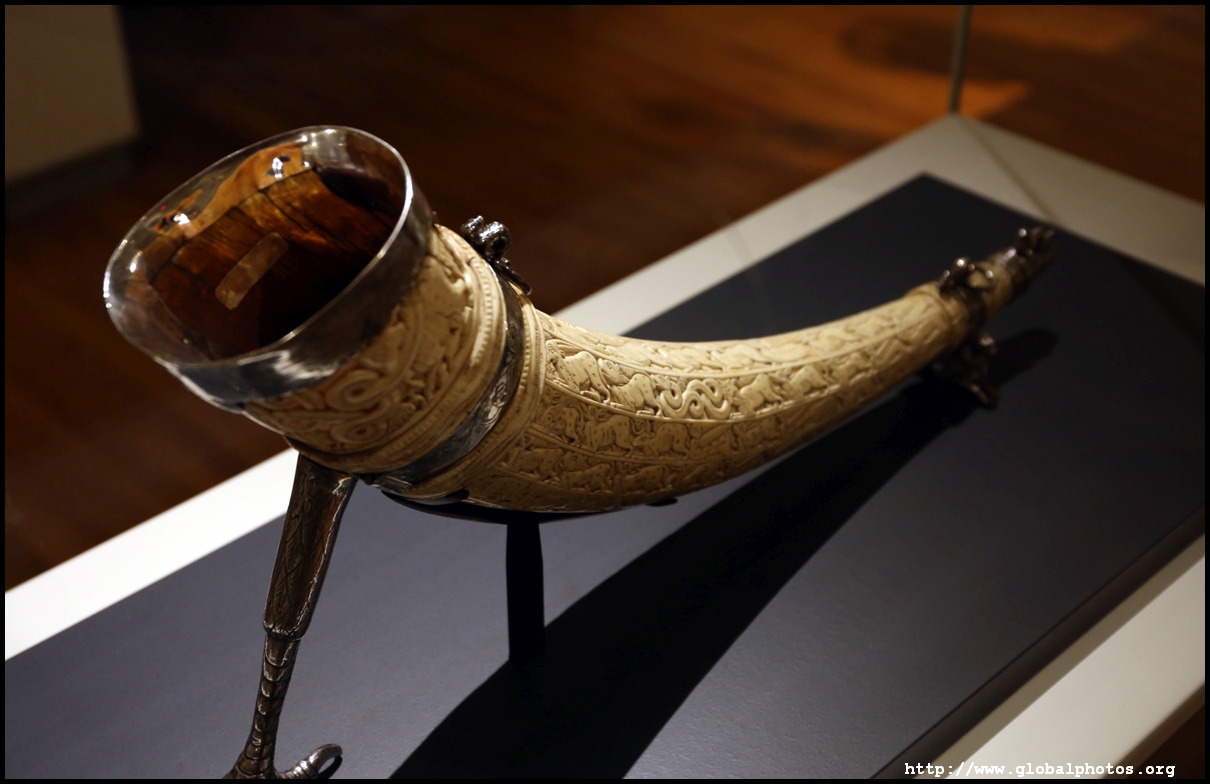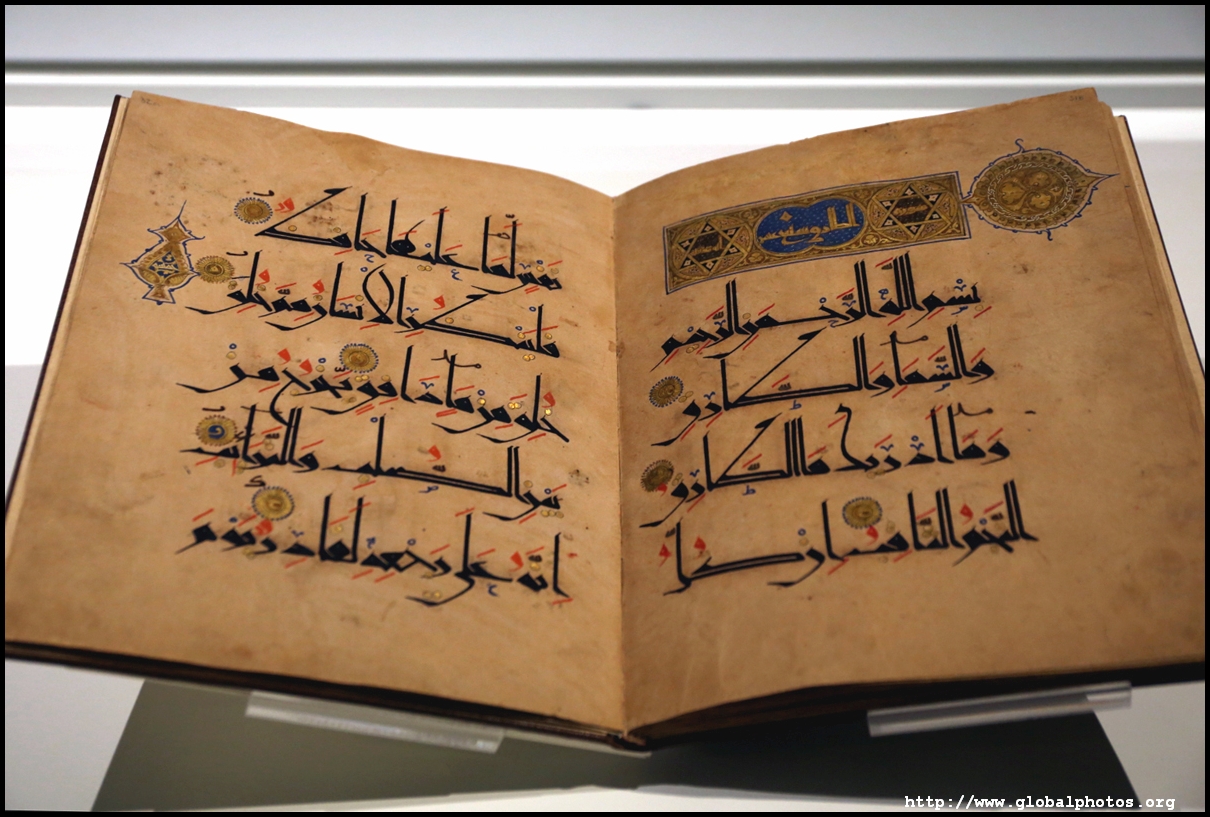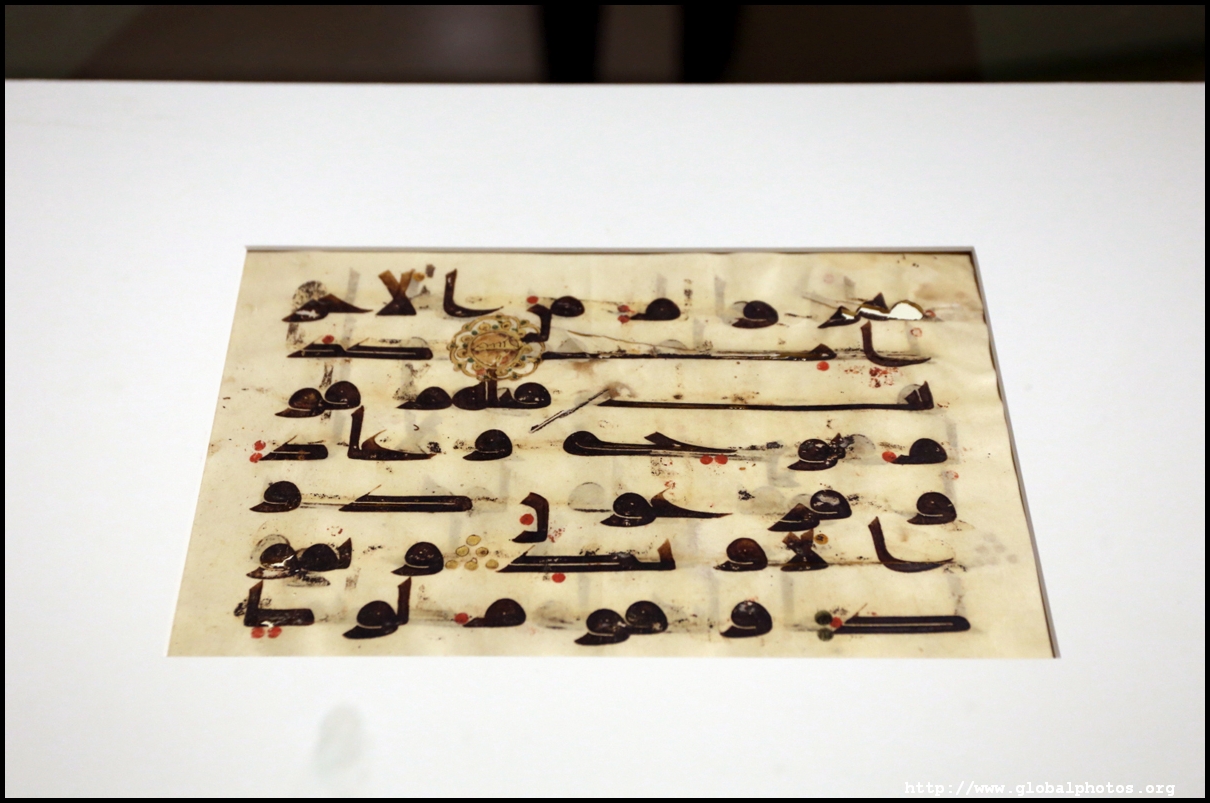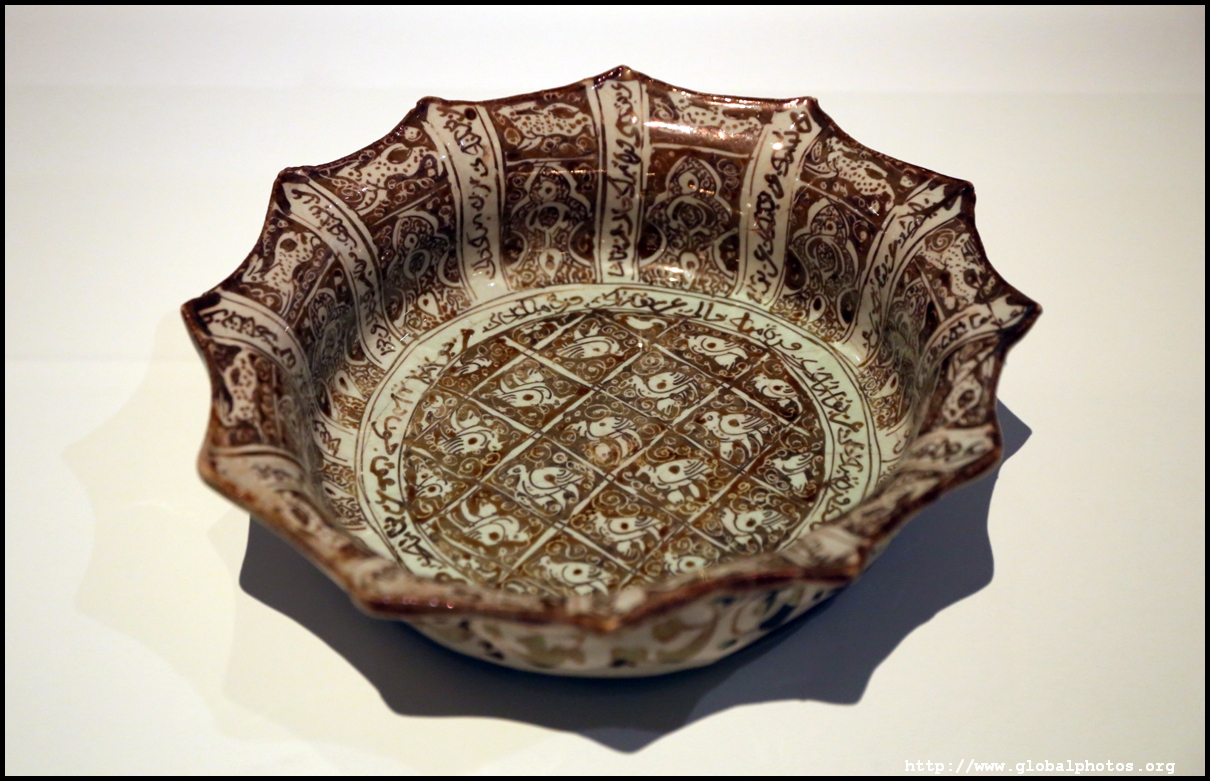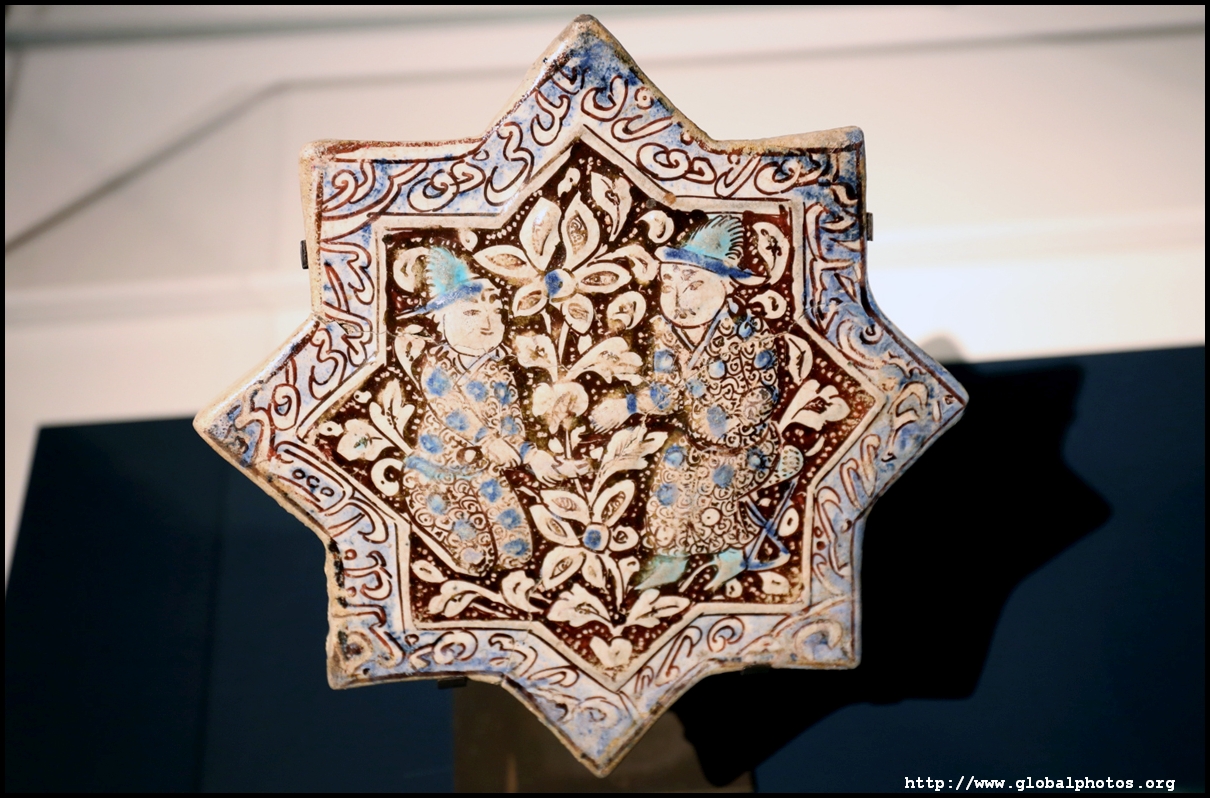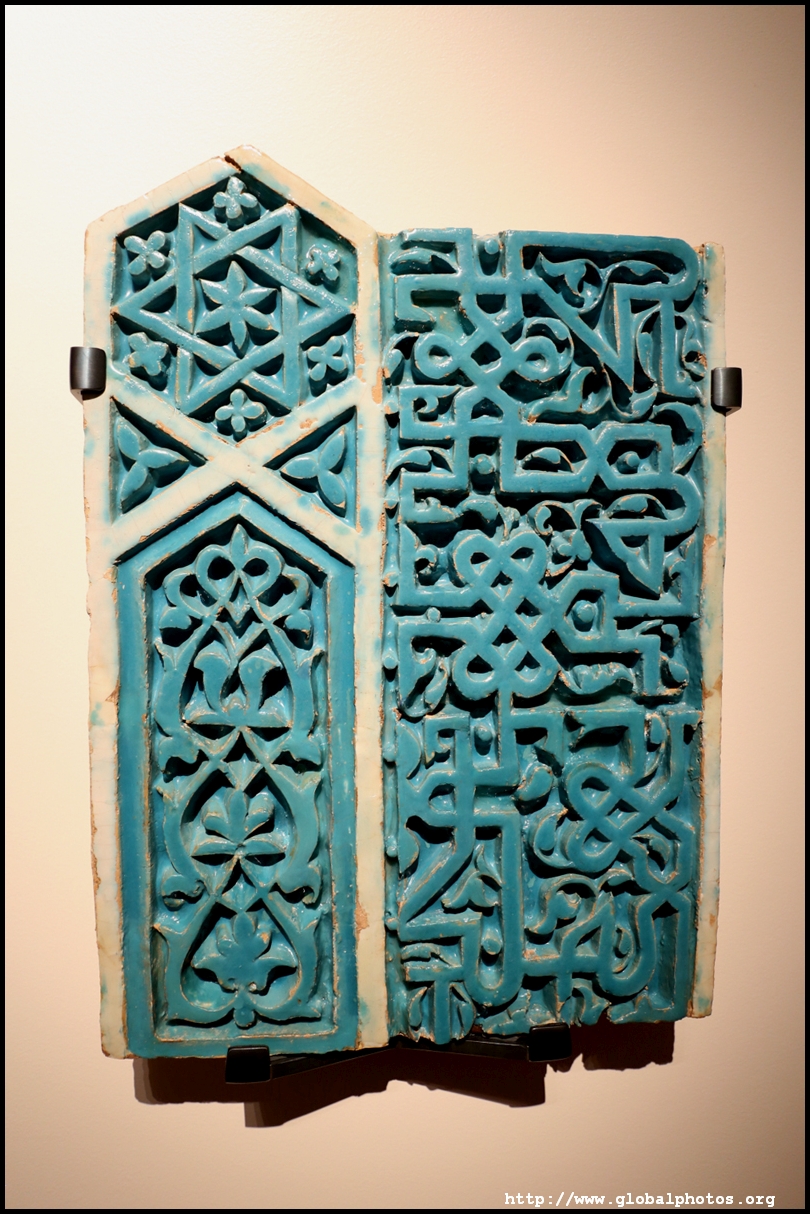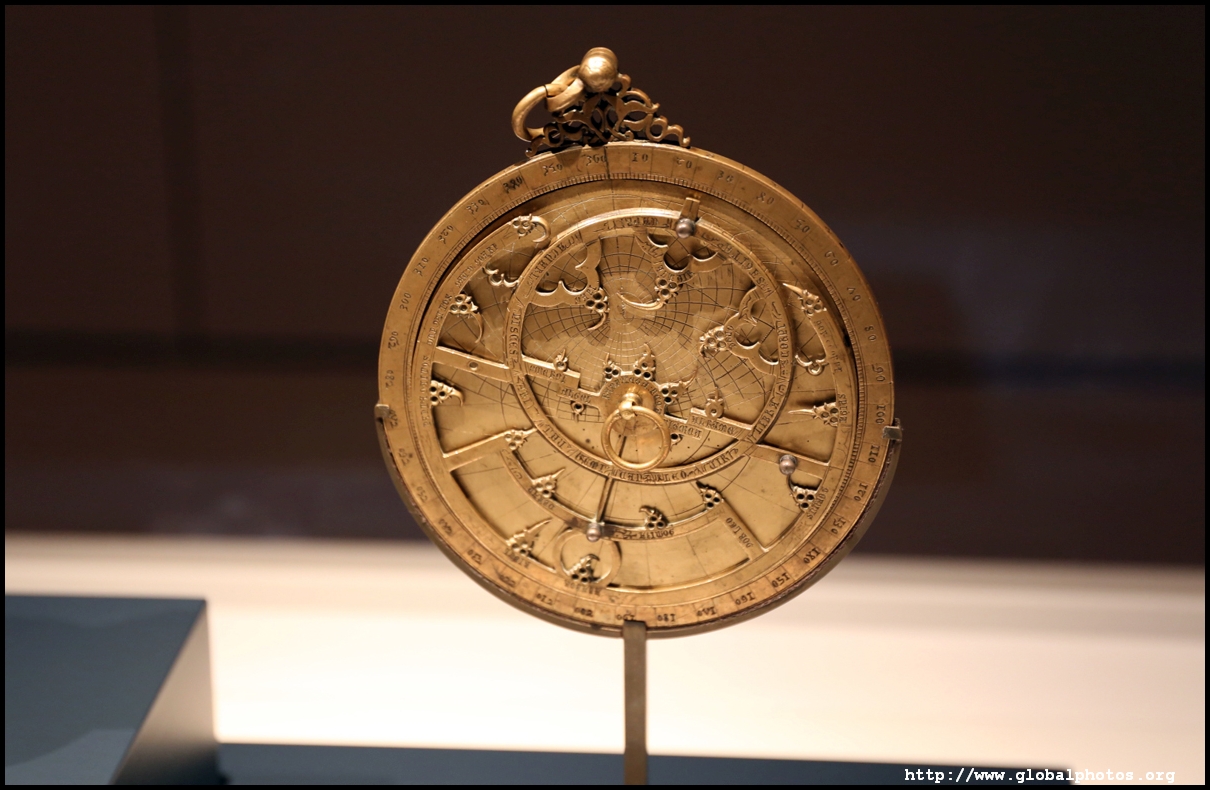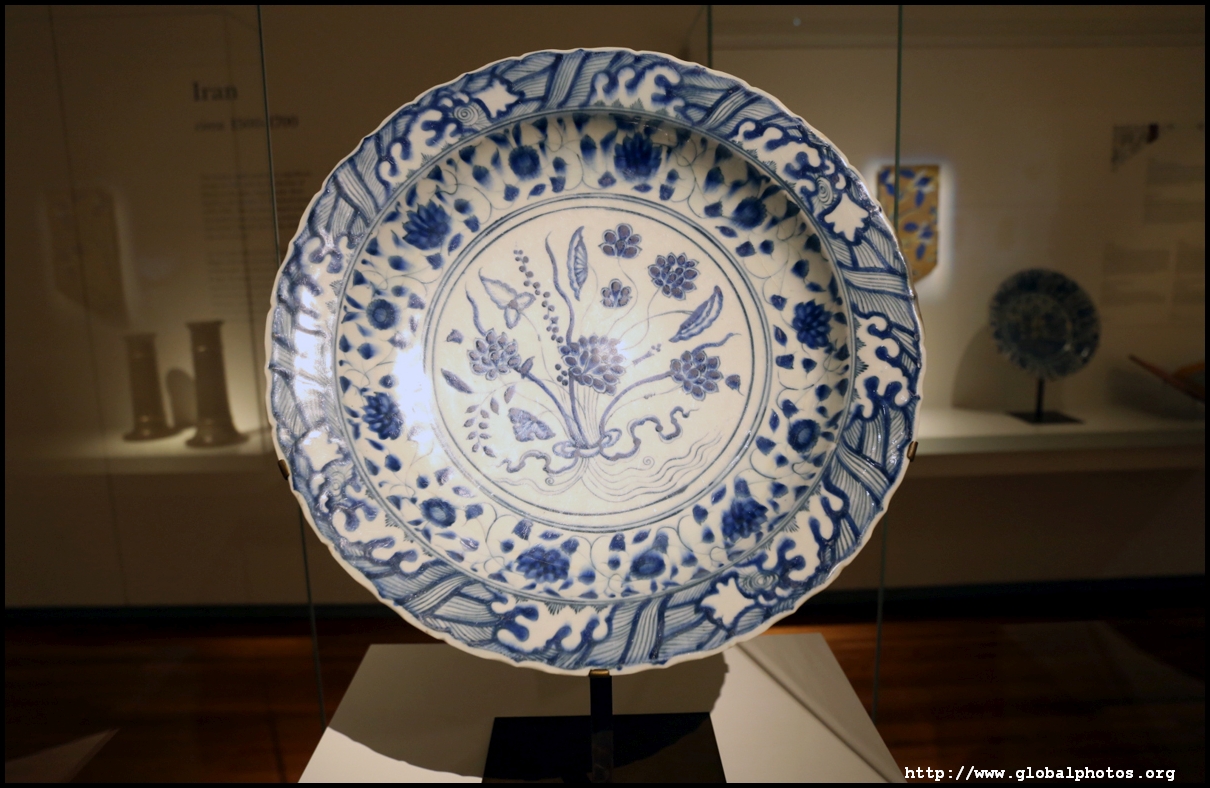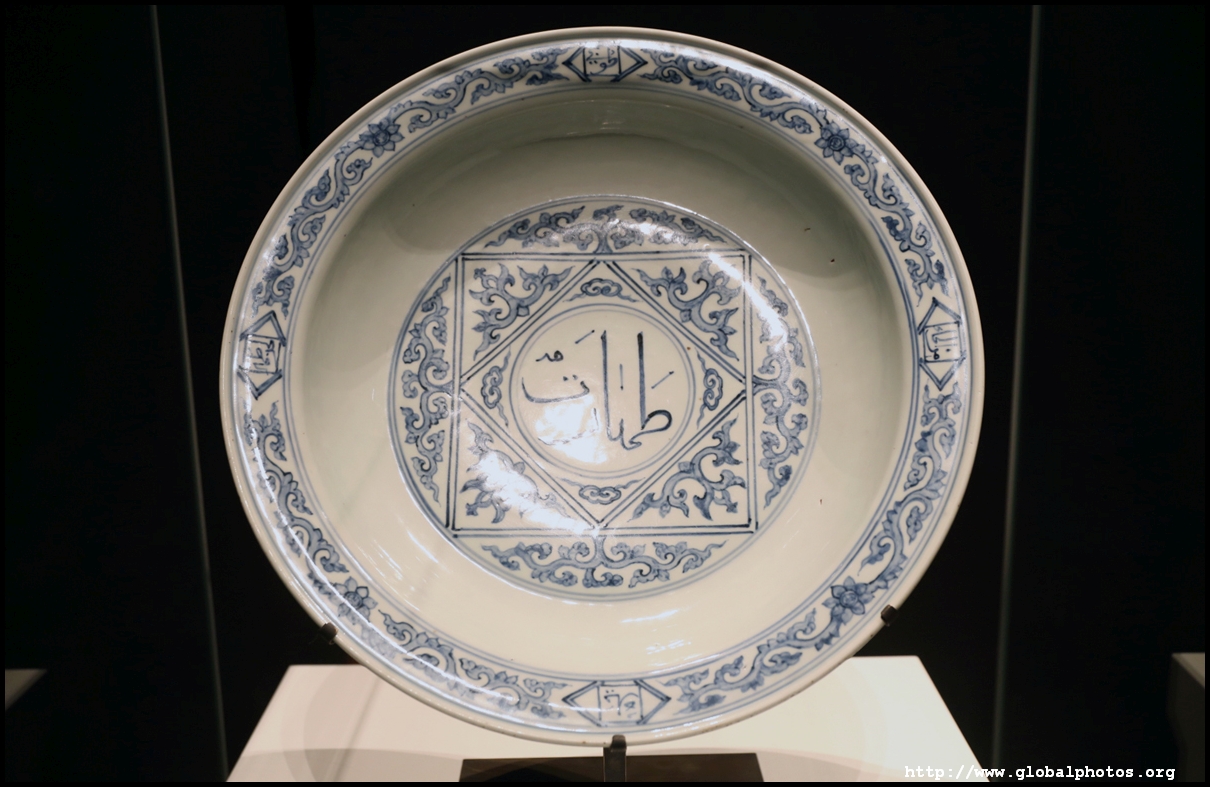Toronto Photo Gallery - Aga Khan Museum
The Aga Khan Museum showcases Islamic art from around the world from Spain, North Africa, Iran, India, Central Asia and China. It was the first of its kind in North America.This rooseter-shaped ewer comes from Iran and is believed to date from the late 12th to early 13th century. The rooster is believed to drive away demons as it announces a new morning.
This Egyptian fountain highlights the importance of wawter in Islamic architecture.
This bronze candlestick has fine charvings of lions with a raised honeycomb pattern. It is believed to have come from eastern Iran or the Afghanistan and made during the 12-13th centuries.
These 15th century blue and white pharmacy jars are believed to have come from Syria. They were used to store ointments and dry drugs, with the design lacking spouts and handles that are usually associated with liquid bottles.
This candlestick was made in the first half of the 14th century.
This 14th century brass bowl has an Arabic inscription with titles of a high-ranking officer.
This 16th century box from Spain contains wood, bone, and mother-of-pearl. Believed to have come from a walnut tree, the interior compartment may have probably contained delicate tools.
Ivory horns were associated with noble hunting, such as blowing signals or using it as a drinking vessel after the hunt.
This lamp is believed to have come from Iran or Central Asia and date between the 10th and 12th centuries.
This flask was believed to have stored larger amounts of liquid, with loops around the body for easier transport.
This earthenware bowl dates from early 11th century Iran.
Various Koran manuscripts were on display, such as this 11th century piece from Milan. Rosettes marked the end of each verse, which could be interpreted as pausing the reading or to take a breath.
This North African manuscript dates from the 9th-10th centuries.
An Iranian physician wrote the "Anatomy of the Body", a first in the Islamic world to show the entire human body's anatomy.
This manuscript showcases spiritual words from Greek philosophy and date from the late 13th century.
This earthenware bowl comes from 10th century Iran.
The bird-shaped incense burner also comes from Iran.
This 13th century bronze jug showcases Mosul artisans' craftsmanship. Zodiac signs adorn the body with an inscription that this vessel contains the water of life.
These tiles contain Koran verses that were once placed in shrines, tombs, or mosques.
This sultanabad ware showcases cultural influences from China and Iran during the Mongol era.
These tiles were probably part of a funerary complex in Uzbekistan.
This panel of 4 tiles from 16th century Turkey came from Iznik, which was famous for ceramics.
This 14th century bronze astrolabe from Spain was an astronomical device to determine the positions of the sun, moon, planet, and stars. It had inscriptions in Latin, Hebrew, and Arabic.
This 13th century silk robe with bird motifs came from Central Asia.
This Iranian dish from the 17th century was influenced by Chinese blue-and-white porcelain. Iran exported cobalt to China during the ceramic production boom when the Mongols ruled.
This 16th century manuscript was written in Arabic and Persian.
The beggar's bowl from the late 16th century was used to collect donations.
This Chinese porcelain from the Ming Dynasty has the Arabic word "cleanliness" at the centre, indicating it is used for rituals.
This mother-of-pearl shell has Koran verses inscribed and is believed to have been used for drinking water at blessings.
This tray from India is made of mother-of-pearl, black lacquer, and wood with Indian, Persian, and European influences. Gujarat was famous for mother-of-pearl art in the 16th and 17th centuries.
The Bellerive room is part of the permanent collection with ceramics from Prince and Pricess Sadruddin Aga Khan. When the collection was donated for display, it was requested that they be displayed as they had been at the Chateau de Bellerive near Geneva.
Upstairs is a temporary exhibition titled "Afghanistan My Love", which highlights the use of art during the country's recent misery.
| |
Toronto Gallery Main
To re-use these photos or notify of errors, please email me. Thank you.


